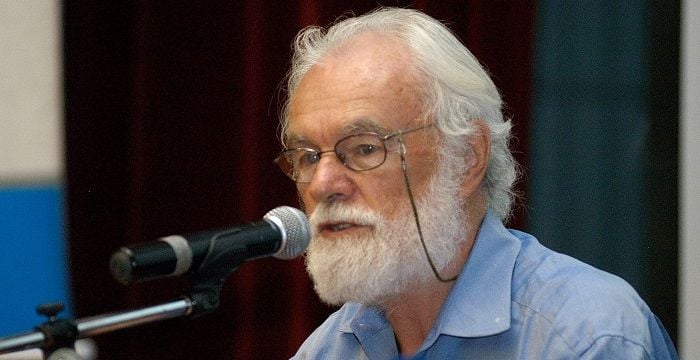Science of Music and Sound
The Teaching and Learning Series (TLS) sponsored this presentation “The Science of Musical Sound” Professor David Harvey demonstrates and discusses sound, physics of sound, electronics related to sound, and relates it all to music making. rec. 3/3/98
David Harvey is an American geographer and social theorist known for his work on urban studies, capitalism, and political economy. While he has made significant contributions in these areas, there is no widely recognized association between David Harvey and the “Science of Music and Sound.” It’s possible there may be another individual named David Harvey who has expertise in this field, but without further context or information, it’s difficult to provide specific details.
However, if we were to explore the broader topic of the science of music and sound, it encompasses various disciplines such as acoustics, psychoacoustics, music theory, neuroscience, and physics. Researchers in this field investigate topics such as the physics of sound production and propagation, the perception of pitch and timbre, the psychological and emotional effects of music, the cultural and historical dimensions of musical expression, and the technological innovations in sound recording and reproduction.
The science of music and sound offers insights into how sound waves interact with the human auditory system, how music influences mood and cognition, and how different cultures and societies have developed unique musical traditions and practices. It also encompasses the study of musical instruments, digital audio processing, and the physics of acoustical spaces.
Overall, the science of music and sound is a rich and interdisciplinary field that encompasses a wide range of topics and methodologies, with contributions from researchers in various disciplines including psychology, neuroscience, physics, engineering, musicology, and cultural studies.
